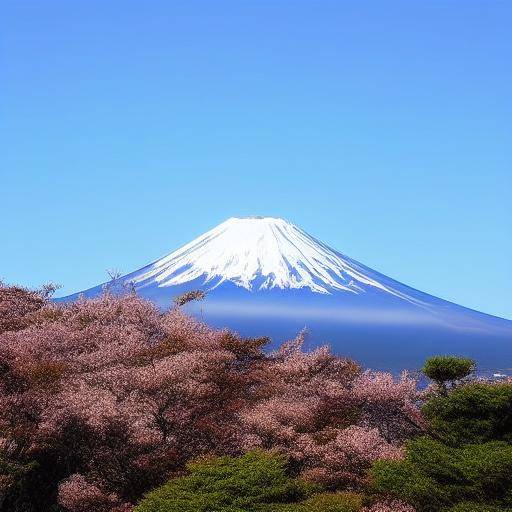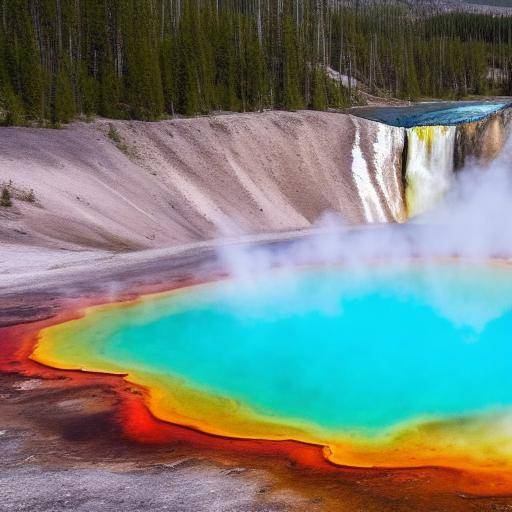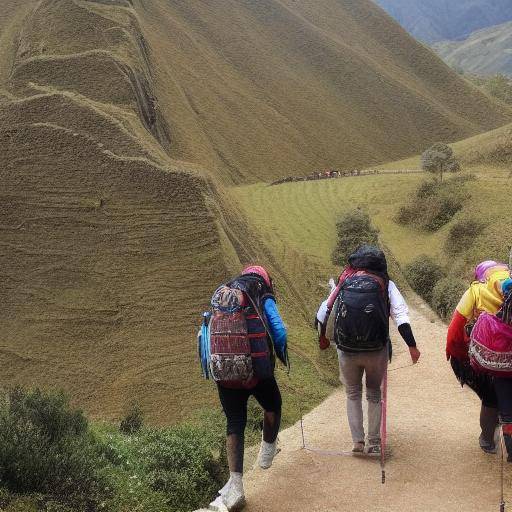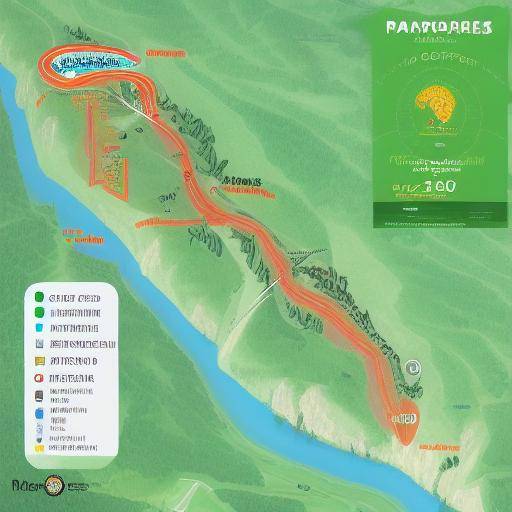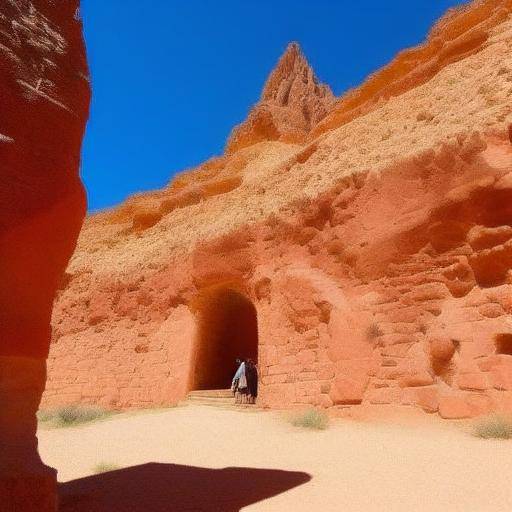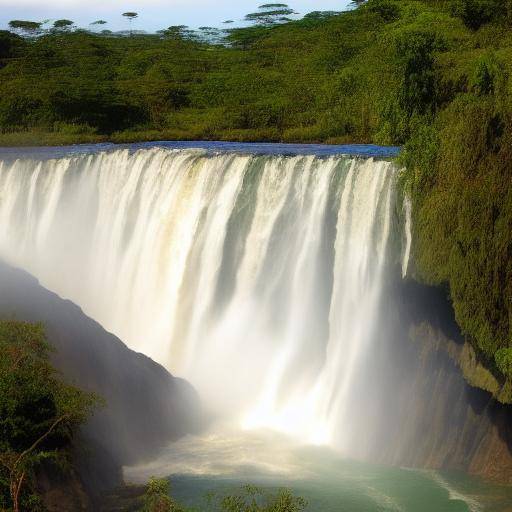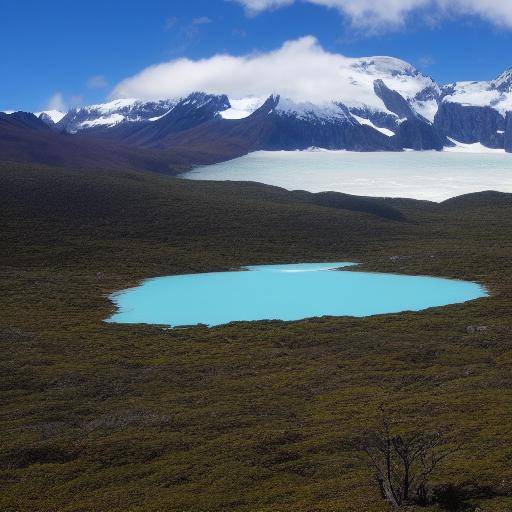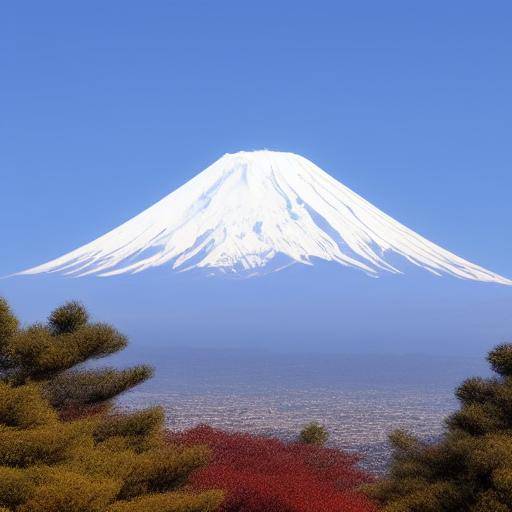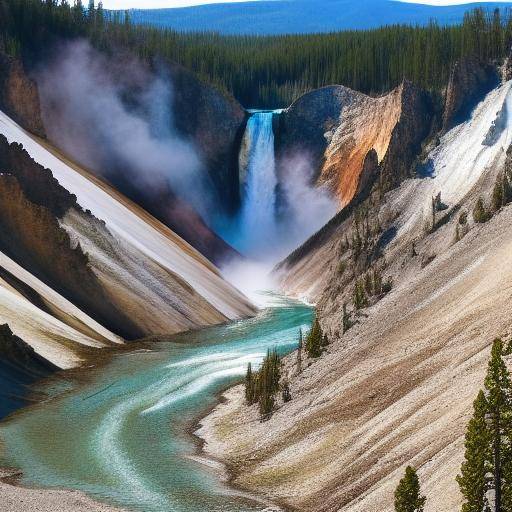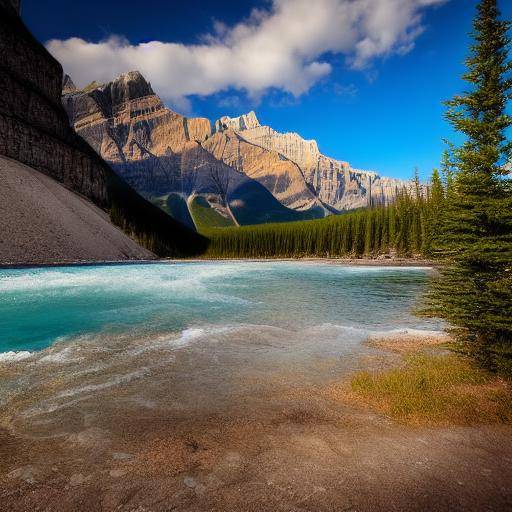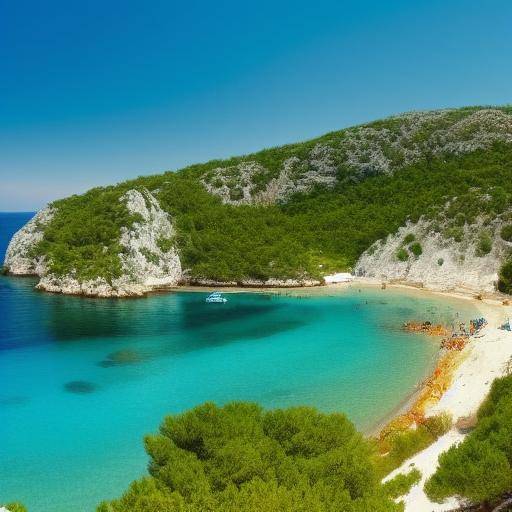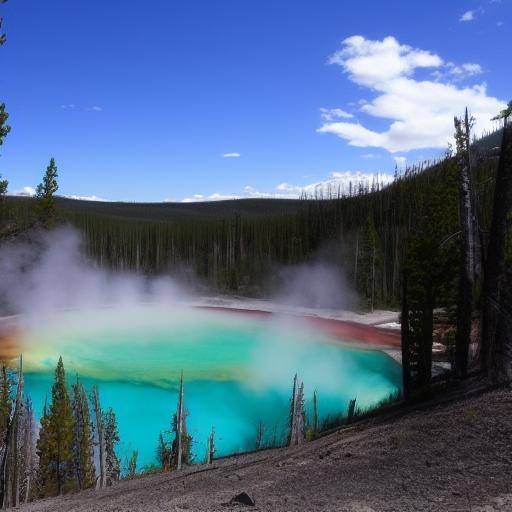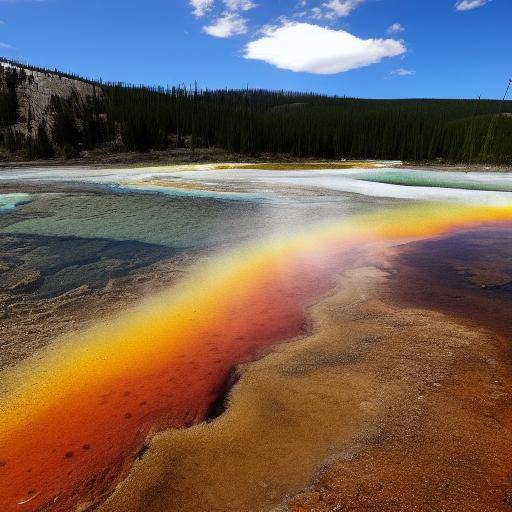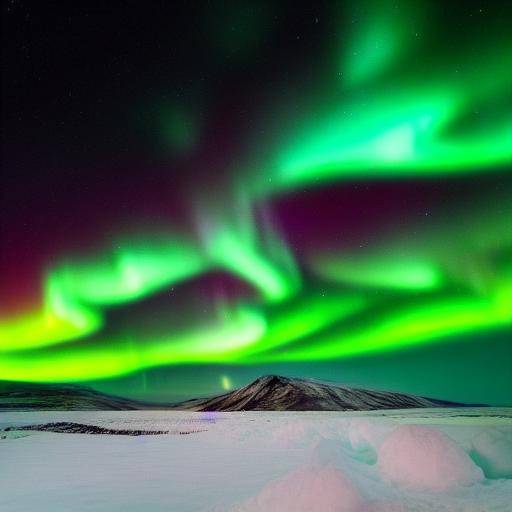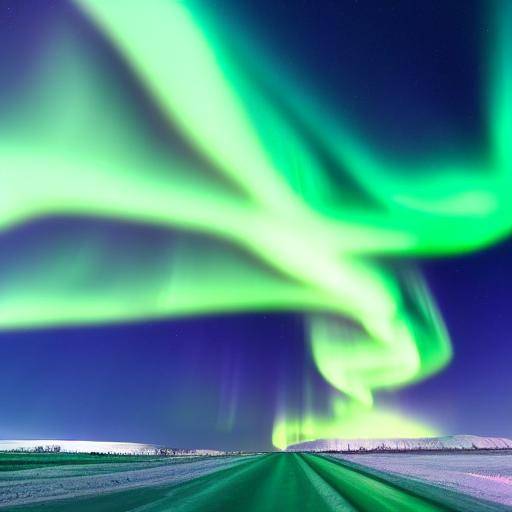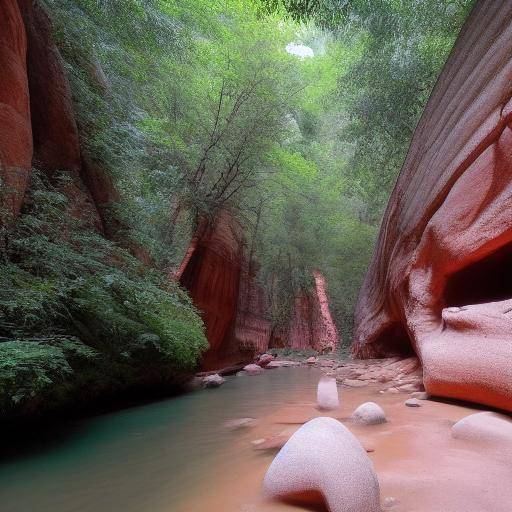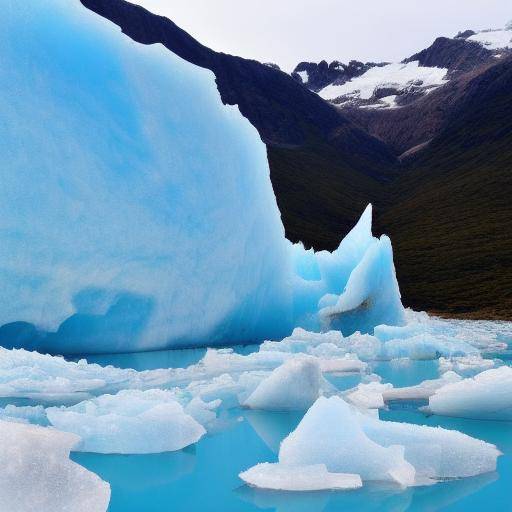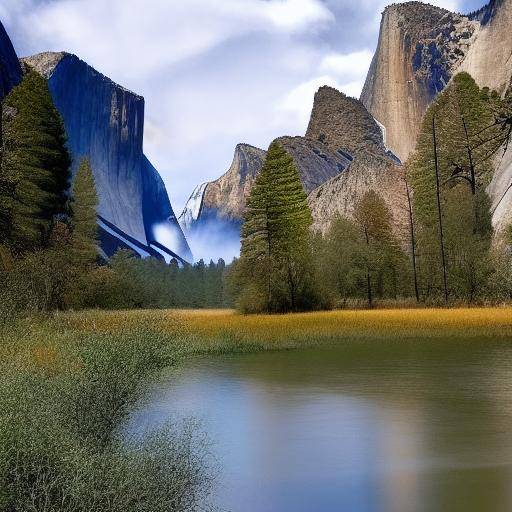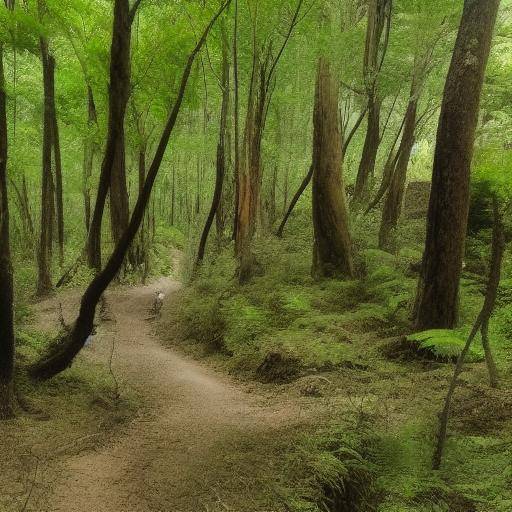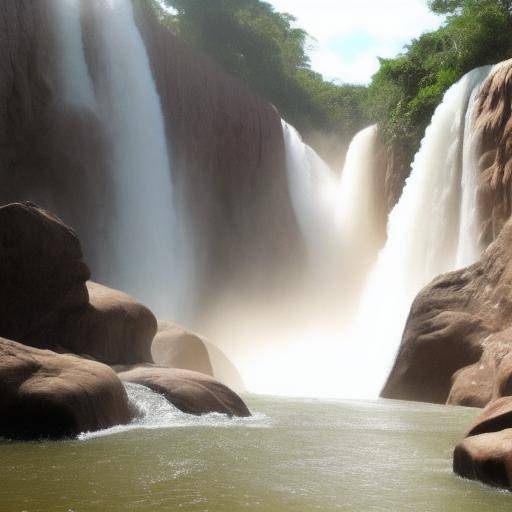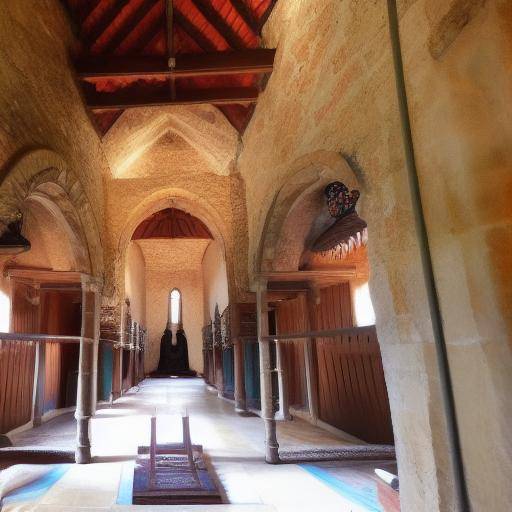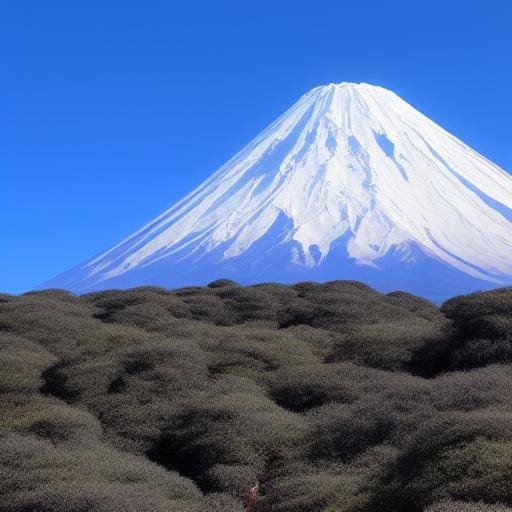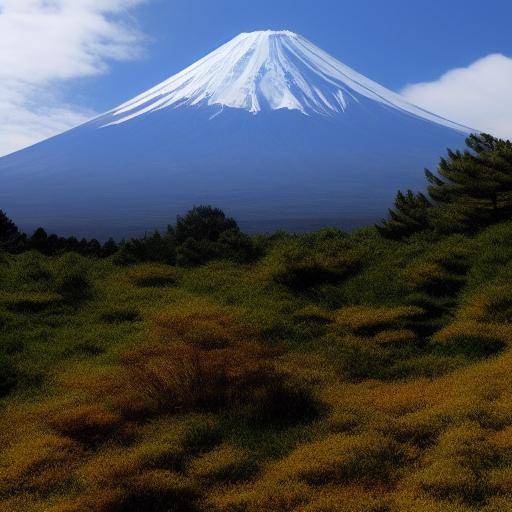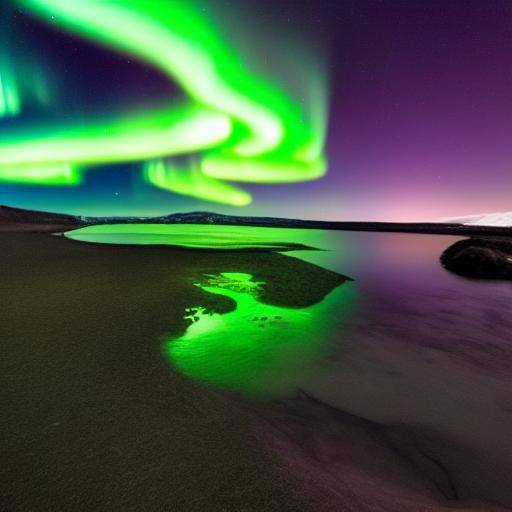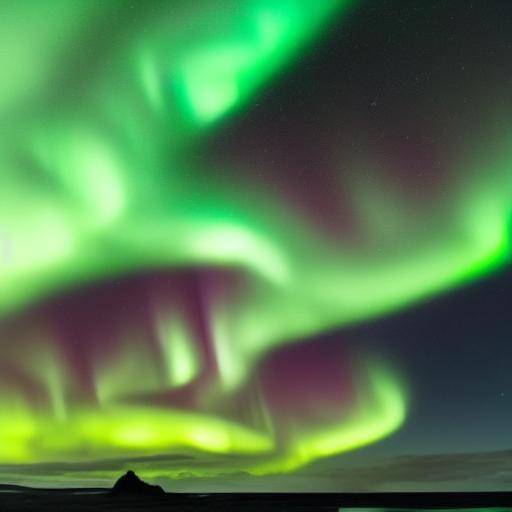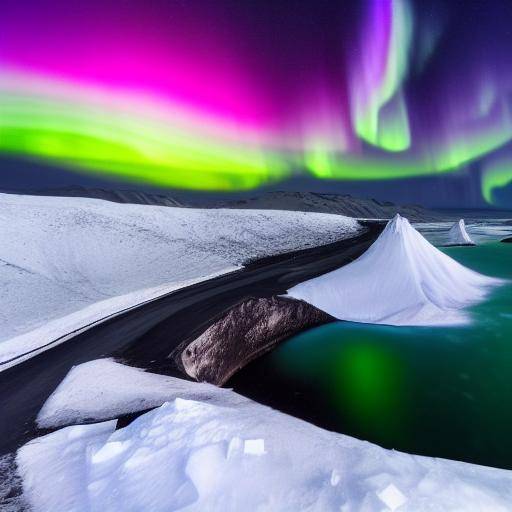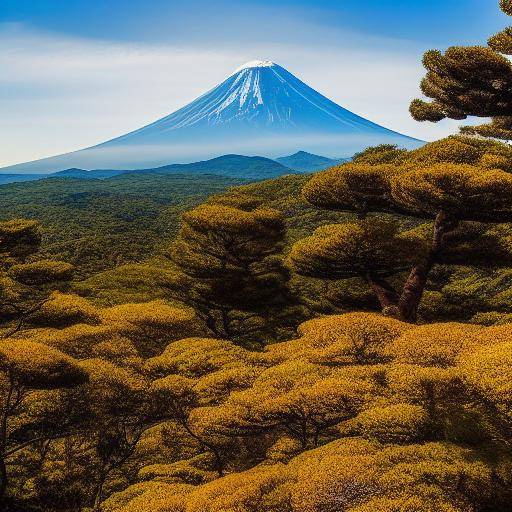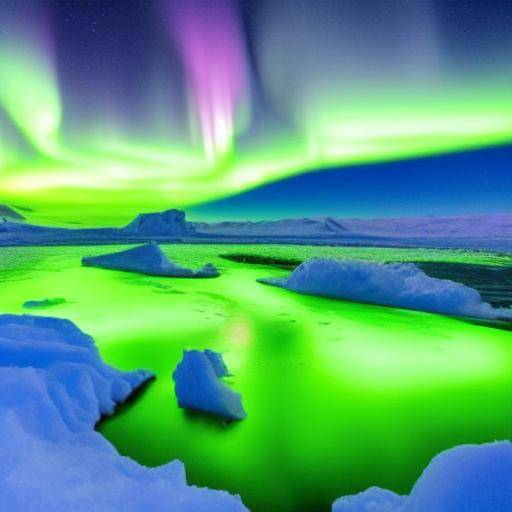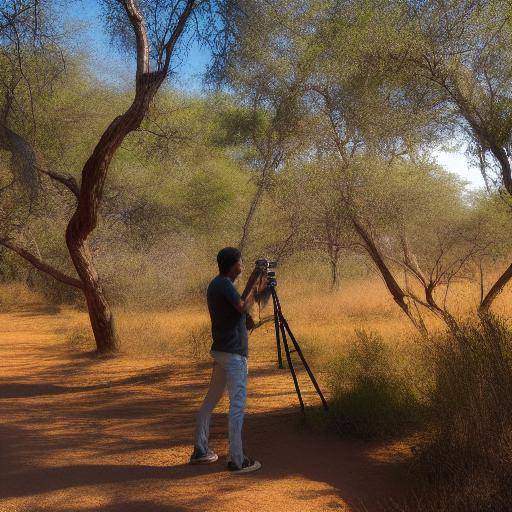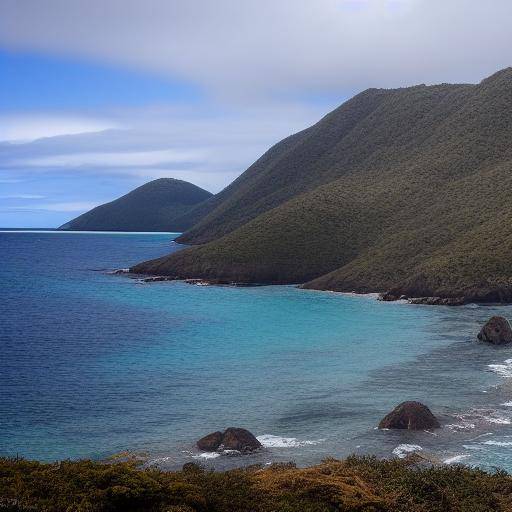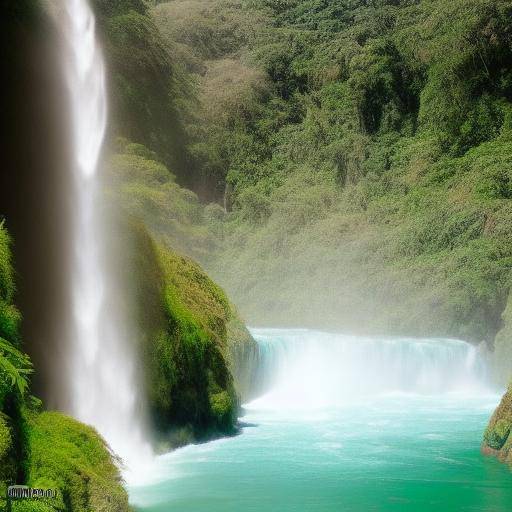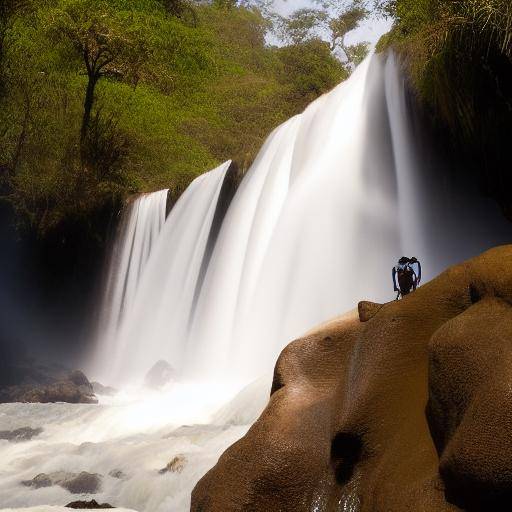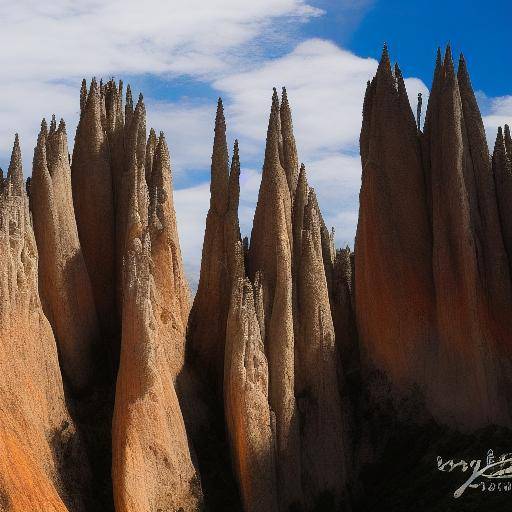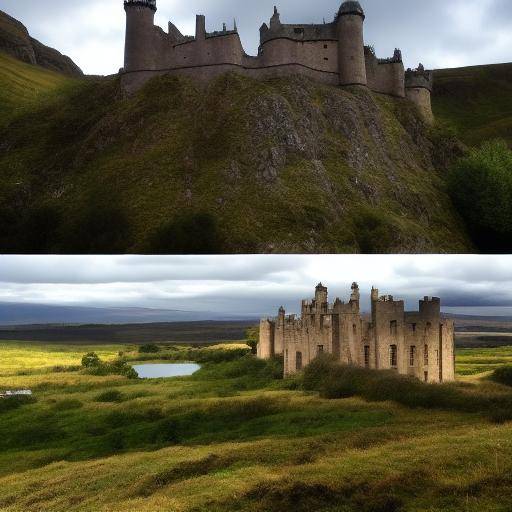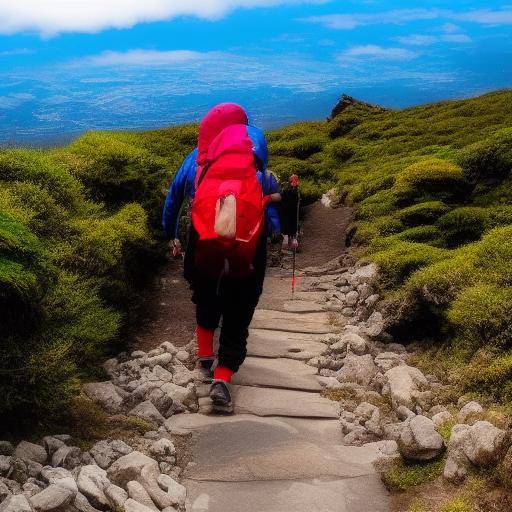
The Swiss Alps are known for their spectacular natural beauty and offer some of the best hiking experiences in Europe. With an impressive combination of majestic mountains, alpine meadows, crystalline lakes and lush forests, this region is a paradise for hiking enthusiasts and nature lovers. In this article, we will explore the best hiking trails in the Swiss Alps, providing detailed information on each route, practical advice and highlights so you can plan your next adventure with confidence.
Introduction to the Swiss Alps and hiking
The Swiss Alps, known for their spectacular alpine landscape, are a dream destination for hiking enthusiasts. The region offers a wide variety of routes ranging from smooth walks through alpine meadows to challenging climbs to mountain peaks. With a fresh and pure air, breathtaking views and a sense of peace and tranquility, every step in the Swiss Alps is a truly magical experience.
In this guide, we will explore some of the best hiking trails in the Swiss Alps, highlighting the unique natural beauty of each route and providing practical information so you can enjoy your mountain experience to the fullest.
Discovering the Beauty of the Swiss Alps through Hiking
The Swiss Alps offer an infinite variety of trails that will allow you to immerse yourself in the amazing Alpine nature. From easy and accessible paths for the whole family to challenging routes that will test your skills, there is something for all levels of experience. Here, we will present some of the best routes so you can plan your next adventure with confidence.
History and History of the Swiss Alps and Hiking
The Swiss Alps have a rich history dating back centuries. From its importance as a commercial route in ancient times to being recognized as a renowned tourist destination today, the Swiss Alps have played a crucial role in the history of Switzerland and Europe.
Origins and Evolution of the Swiss Alps
The Swiss Alps have been inhabited since prehistoric times, and their strategic importance as a commercial route dates back to the Roman era. The region has witnessed countless historical events, including the formation of the first Alpine communities and the exploration of famous conquerors like Hannibal. In addition, the rise of the alpine movement in the nineteenth century contributed significantly to the development of hiking in the region.
Cultural and Social Impact of Hiking in the Swiss Alps
Hiking has played a crucial role in Swiss culture and society, becoming one of the most popular recreational activities in the country. For years, the Swiss Alps have been a magnet for hikers and nature lovers, influencing national identity and local economy. The development of sustainable tourism has also been instrumental in preserving the natural beauty of the region and ensuring that future generations can also enjoy these stunning landscapes.
Recent Developments in Hiking in the Swiss Alps
In recent decades, hiking in the Swiss Alps has experienced a significant resurgence, with a growing number of visitors looking to experience the natural beauty of the region. This renewed interest has led to the creation of new routes and services for hikers, as well as a greater focus on environmental conservation and sustainable tourism.
Analysis in Deepness of the Best Routes of Hiking
We will explore some of the most amazing Swiss Alps routes, highlighting their unique features, challenges and highlights that make each path special.
Route of the Great Ring of the Alps (Tour du Mont Blanc)
The Great Ring of the Alps, known as Tour du Mont Blanc, is one of the most emblematic hiking trails in Europe. This journey of approximately 170 kilometers in length surrounds the majestic Mont Blanc, the highest peak in Western Europe. The route crosses France, Italy and Switzerland, offering stunning views of glaciers, snowy peaks and picturesque Alpine villages. With an average duration of 10 to 12 days, the Great Ring of the Alps is an epic adventure that captivates hiking lovers with their magnificence.
Difficulty and Considerations
The Great Ring of the Alps presents a varied terrain that includes demanding climbing stages, steep descents and flat stretches across alpine valleys. Hikers should be prepared for climate change, challenging terrain and long daily hikes. It is recommended a good physical condition and previous experience in Alpine hiking to fully enjoy this route.
Highlights
The route offers numerous highlights, such as the pass of Les Houches, the spectacular Val Ferret, the Pass of the Cross of Ferret and the emblematic Chamonix Valley. Accommodation along the route include mountain shelters, alpine inns and charming Alpine villages, providing the opportunity to enjoy local hospitality and delicious Alpine cuisine.
Route of the Haute Route
The Haute Route route is a classic alpine crossing that unites Chamonix in France with Zermatt in Switzerland. This iconic route crosses glaciers, crosses alpine steps and offers breathtaking views of the highest peaks of the Alps. With a duration of approximately 12 days, the Haute Route is a challenge for experienced hikers in search of an unforgettable Alpine adventure.
Difficulty and Considerations
The Haute Route route presents technical and demanding challenges, such as the crossing of glaciers, high mountain footsteps and steep terrain. The climbing and use of specialized equipment may be required in certain sections of the route. It is recommended that hikers have advanced mountain skills and be equipped with the appropriate attachments to meet the challenges of this journey.
Highlights
The highlights of the Haute Route Route include the majestic Plateau du Couloir, the stunning village of Verbier, the Prafleuri Glacier and the iconic view of Matterhorn from Zermatt. Mountain shelters and mountain villages along the road offer the possibility of resting, recharging energies and enjoying the authenticity of Alpine.
Eiger Route
The Eiger Route is one of the most exciting and challenging hiking trails of the Swiss Alps. Known for its proximity to the imposing northern face of the Eiger, this route offers an impressive alpine experience with breathtaking views, exposed crestas and the excitement of walking under one of the most famous mountain walls in the world.
Difficulty and Considerations
The Eiger Route presents technical and exposed sections that require solid mountain and climbing skills. Hikers should be prepared to face exposed terrain and rapid climate change. The company of an experienced guide is recommended to safely address the challenges of this route.
Highlights
The highlights of the Eiger Route include the Kleine Scheidegg lookout, the famous Jungfraujoch train station, the Eiger top and the Alpine village of Grindelwald. The breathtaking landscape and the exciting sensations offered by this route make every step worthwhile.
Practical Tips for Sendering in the Swiss Alps
Preparation and Security
- Before embarking on any hiking trails in the Swiss Alps, it is important to know about weather conditions, state of trails and difficulty levels. Consulting local guides or mountain experts can provide valuable information to plan the journey. In addition, it is essential to carry an appropriate equipment that includes resistant footwear, waterproof clothing, maps, compass, first aid kit and, on more challenging routes, climbing and safety equipment.
Respect for Nature
- As you enter the majestic nature of the Swiss Alps, it is essential to respect the natural environment. This implies following the established norms for the conservation of the environment, not leaving trash or disturbing local flora and fauna. Staying on designated paths and avoiding damage to vegetation are essential practices to preserve the beauty and ecological balance of the Alpine region.
Planning and Communication
- Before starting a route, it is advisable to inform family or friends about the scheduled journey, the estimated duration and contact points. In case of emergency, having a communication and rescue plan can make a difference. It is also advisable to carry a mobile with sufficient battery and, if possible, a GPS tracking device in remote areas.
Conclusion
Hiking trails in the Swiss Alps offer a unique window to the stunning natural beauty of this Alpine region. Whether you are exploring the Great Ring of the Alps, challenging the Haute Route or experiencing the excitement of the Eiger Route, each step is an opportunity to connect with the amazing Alpine nature. With proper preparation, respect for the environment and an adventurous spirit, hiking in the Swiss Alps promises an unforgettable experience.
FAQS
What is the best time for hiking in the Swiss Alps?
The best time for hiking in the Swiss Alps is during the summer, from June to September, when weather conditions are more favorable and many of the alpine trails are clear of snow.
Is it necessary to hire a guide for hiking in the Swiss Alps?
The need for a guide varies according to the experience of the hiker and the difficulty of the route. For more challenging or technical routes, hiring an experienced guide can provide security and expertise.
What type of accommodation is located on the hiking trails of the Swiss Alps?
Along the hiking trails, there are mountain shelters, alpine inns and picturesque villages that offer accommodation and meals. In longer routes, it is possible to camp in designated areas.
What are the main risks to consider hiking in the Swiss Alps?
The main risks include abrupt changes in weather conditions, slippery or steep terrain, risk of avalanche in glacial areas and possible encounters with wildlife. The preparation and knowledge of the environment are critical to minimizing these risks.
How long do you need to complete the Great Ring of the Alps?
The Great Ring of the Alps, or Tour du Mont Blanc, usually requires 10 to 12 days to be completed, depending on the rhythm and stops made along the route.
Is it suitable for all levels of skill hiking in the Swiss Alps?
There are suitable hiking trails for a variety of skill levels, from soft and accessible trails to challenging alpine cruises. It is important to choose a route that fits the experience and physical ability of the hiker.
With these questions and answers, we hope to have addressed some of the common concerns about hiking in the Swiss Alps, providing useful information for those who wish to explore this stunning Alpine region.
In short, hiking in the Swiss Alps is an experience that combines natural beauty, physical challenge and outdoor adventure. Each route offers the opportunity to immerse yourself in the majesty of alpine landscapes, connect with nature and overcome personal challenges. With careful planning, respect for the environment and a spirit of exploration, hiking trails in the Swiss Alps promise unforgettable moments and a deep connection with nature.
Link to Interest Directions:
Through these sources and this detailed guide, we hope that readers will find inspiration and preparation to enjoy the best hiking trails in the Swiss Alps and the incomparable beauty of the Alpine nature. May your next adventure in the Swiss Alps be filled with exciting discoveries and unforgettable experiences!

